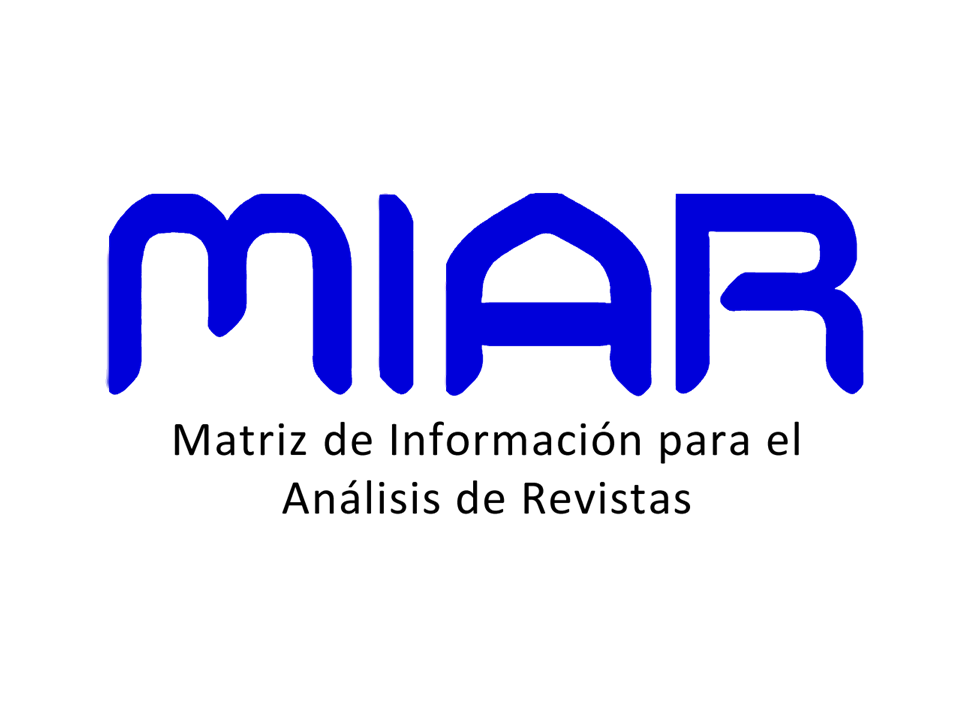O QUE ESTÁ ESCRITO AQUI? REDESCOBRINDO A GRAMÁTICA NOS CAMINHOS PARA A LEITURA
DOI:
https://doi.org/10.22478/ufpb.1983-9979.2020v15n2.54897Keywords:
psicolinguística, consciência sintática, processamento de leitura, estratégias de leitura, consciência leitoraAbstract
Reading practices at school have received relevant contributions from textual linguistics in Brazil. The absence of formal approaches in this conversation, however, produced a gap in the knowledge construction, especially with regard to the cognitive implications of the interaction between grammatical units and processing demands. This article reflects on some relevant contributions from Grammatical Theory and Psycholinguistics (MAIA, 2018; MAIA, 2019; OLIVEIRA; QUAREZEMIN, 2016) about the relation between syntactic knowledge and school performance. Considering attention and memory constraints during processing, we present the hypothesis that syntactic awareness may impact strategies implemented during reading, taking the attentional focus to key elements of the linguistic unit being processed. This resource may be important to deal with structures with high structural complexity, which are not common in the vernacular varieties of language, but are common in many written genres. Then, we discuss in what ways these types of knowledge may be used in an attempt to think about pedagogical proposals.










